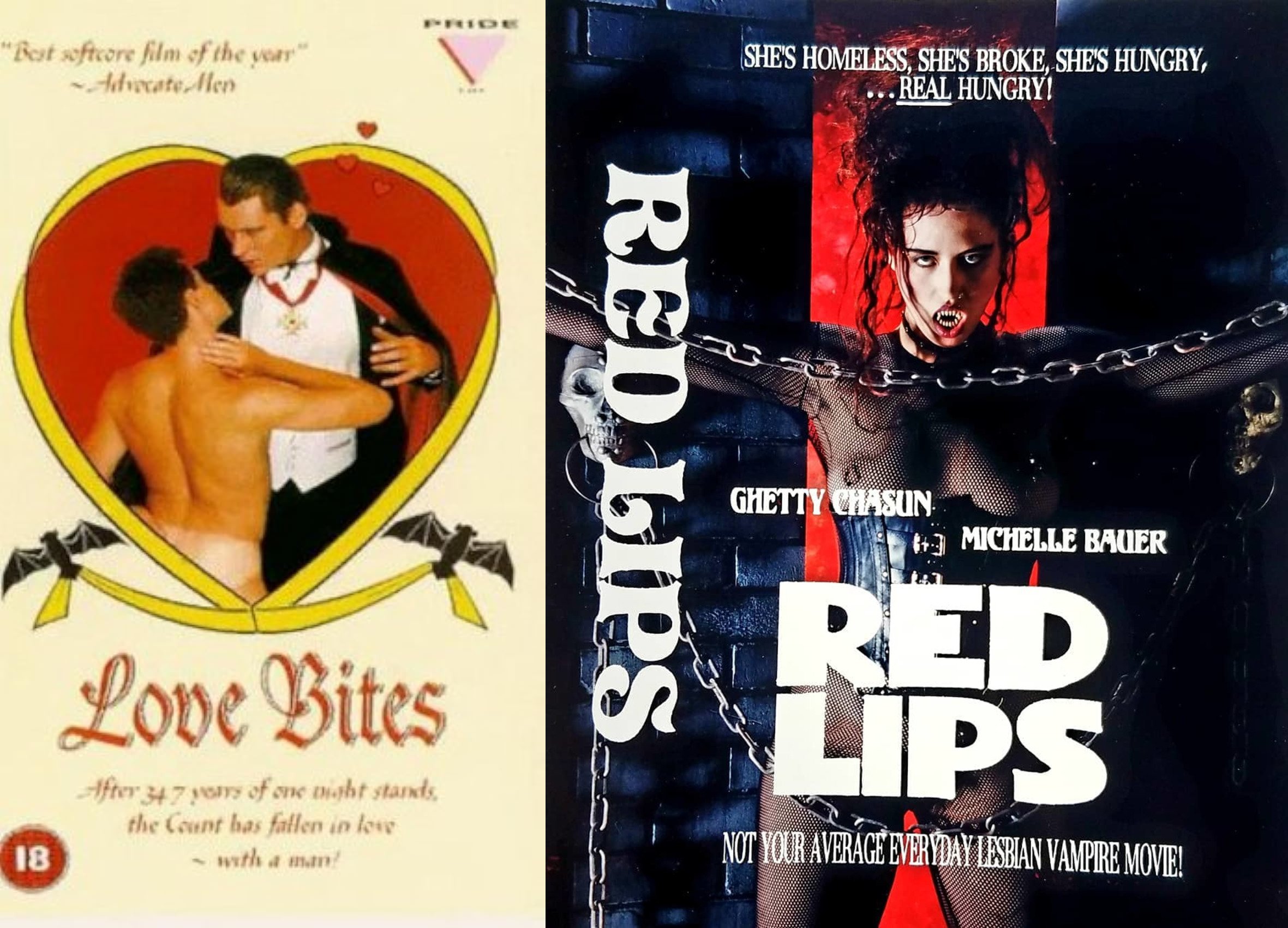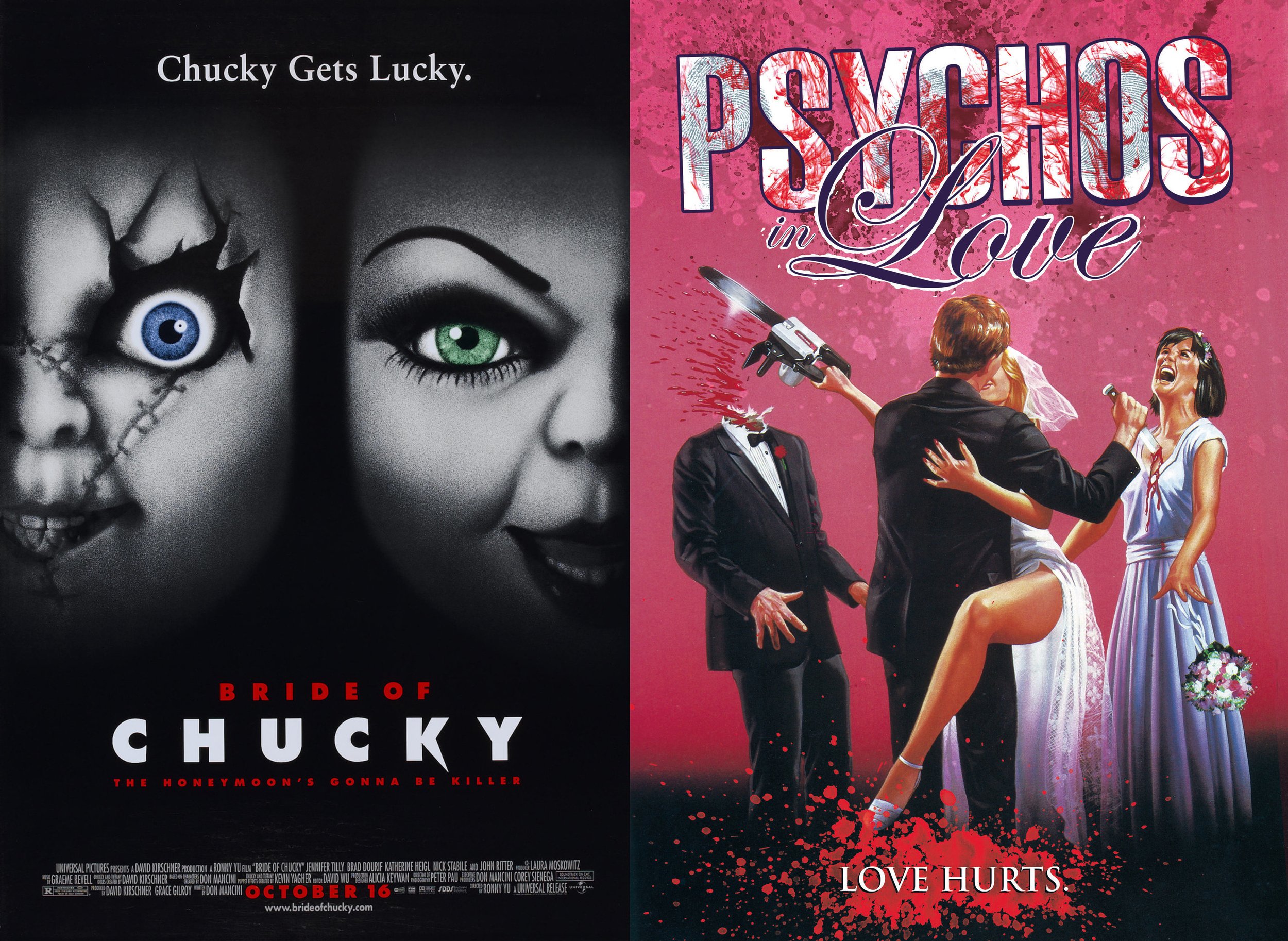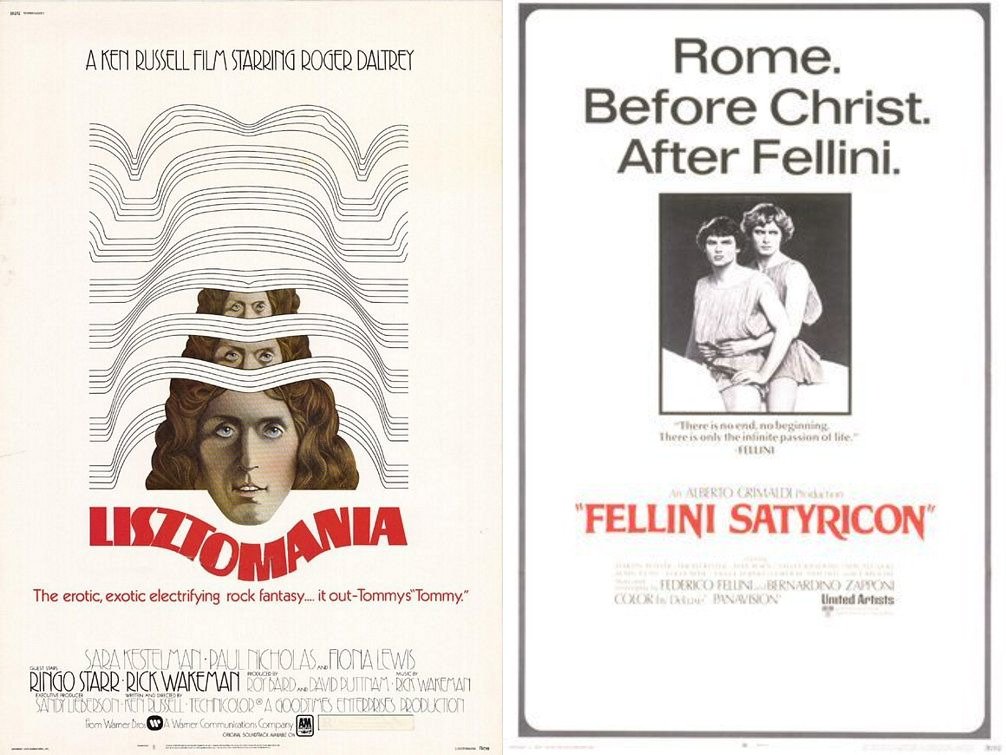April Eroticism: A Hyperreal Alternate Calendar
Love Month might be February, but our April screenings got the Hyperreal audience more hot and bothered than walking through downtown in August. From the tallest vampire ever shown on camera to Magic Mike showing us what hole the magic’s hidden in, April was a steamy month for Hyperreal Film Club. But these don’t need to be one night stands; here are community recommendations for what to pair with the screenings we’ve shown.
Magic Mike XXL—Shakedown
MAGIC MIKE XXL (2015) is one of those rare sequels that is more beloved and iconic than the original movie. A major factor in this success was the pivot from heavy drama to more bromance and more dance numbers. If you’re one of the many people who prefers MMXXL to MAGIC MIKE (2012) because it is gayer and sexier, you’ll be down bad for SHAKEDOWN (2018). Leilah Weinraub’s insider documentary about a series of underground Black lesbian parties in Los Angeles is one of the few movies that has streamed on both Pornhub and the Criterion channel. The X-rated Shakedown parties were the real world counterpart to Jada Pinkett Smith’s fictional strip club for Black women in MMXXL. However, the sapphic, soaking wet athletics of the Shakedown strippers would make Childish Gambino blush and hide behind his fedora. You can watch this vibrant love letter to lesbian community and sexuality for free at shakedown.film.
Empire Records—Between the Lines
There’s nothing better than lived-in media: books and shows and movies that drop you into a fully-realized time capsule of a specific era, filled with fleshed-out characters and detailed relationships. In ‘90s teen movie Empire Records, we’re treated to 24 hours in the lives of eight very different indie record store employees. Over the course of the day, the characters face challenges both big—the potential conversion of their beloved store into a branch of a soulless national chain—and small, all set to a killer soundtrack. The characters might fit into typical high school tropes (type A overachiever, weird goth, bimbo blonde), but as their personalities ricochet against each other in the homey little record store, they end up seeming like people you’d love to eavesdrop on while rifling through $1 bins.
In Joan Micklin Silver’s Between the Lines (1977), we’re once again on the frontlines of a Northeastern media company facing a hostile corporate takeover. While the acquisition of Boston alt-weekly newspaper The Back Bay Mainline makes up the background of the film, the lives of its employees thread through the narrative. As the paper cuts copy for full-page advertisements, longtime journalist Harry (John Heard in his debut role) yearns for the good old days of covering the Vietnam War protests; former reporter Michael (Stephen Collins) is high on his own supply as he finishes writing The Next Great American Novel; and their respective girlfriends Abbie (Lindsay Crouse) and Laura (Gwen Welles) balance managing these writers’ fragile egos with their own career aspirations. Throw in a very young Jeff Goldblum and tie it all together with snappy dialogue, and you’ve got a workplace dramedy for the ages (and one that brought us The Austin Chronicle).
Love Bites—Red Lips
It's my professional opinion—as a published writer, film programmer, and upstanding member of the community—that more films should begin with five uninterrupted softcore minutes of lesbians getting nude, making out, and covering themselves in blood. That, as Red Lips understands, is just good filmmaking.
Like the grungier, smellier cousin to Love Bites’ homovampiricism, Red Lips is a shot-on-video panacea for the dirtbag lesbian in all of us. Following the exploits of Caroline, a pierced-up L7 fan turned bloodsucker by experimental medication, the film presents a fantasy world where a dyke can restrain from biting her lover as hard as (in)humanly possible. While many of us would fail that challenge, Red Lips plays out the classic vampire tale of secrets, desires, and restraint, relying on the tension between Caroline’s desire to drain her lover Lisa dry and her human affection for the newfound woman in her life. Where the film succeeds is in its relatively whole and realistic depiction of this queer relationship, right down to the couple making out at an experimental noise show.
Red Lips feels more down-in-the-dirt and messy than the already messy Love Bites: it’s funny, but less a comedy and more a lived-in low-budget drama. It's repetitive at times, but that's part of the amateur charm. You also see a couple of incredibly hot women get nude a few times, so like, sue me I guess. It's a good movie, especially if you like girls with blood on their faces.
Bride of Chucky—Psychos in Love
Romance can spring from the unlikeliest of places. Sometimes, it blossoms between two sociopaths who bond over a shared hatred of grapes and a lust for indiscriminate murder. This is the world of Psychos In Love, one of the sillier—and better—horror-comedies to spring from the shot-on-video slasher boom.
When bartender Joe meets manicurist Kate, it's love at first fright. Unbeknownst to each other, the two are killers: Joe murdering random women off the street; Kate slaying annoying men. Once their proclivities are revealed, the two fall even more severed-head-over-heels for each other; stabbing, slicing, and chainsawing their way to a happy honeymoon. But what happens when the unstable love birds lose their taste for slashing, and how will they deal with the cannibal handyman who’s been making house calls.
Calling Psychos In Love “dumb” doesn't do it justice: it's very, VERY dumb. If you can't handle amateur performances, dad-joke punnery, or gags like the camera pulling out to reveal a crew pumping fake blood during a scene, this won't be for you. However, If you like your horror with a hefty helping of cheese, Psychos In Love is the way to go. It's filled with an infectious enthusiasm, delivers moments of genuine hilarity, and is probably the only C-grade slasher to take direct inspiration from Eating Raoul. Bride of Chucky may have Rob Zombie, but it doesn't have the murderous lovers singing their own bespoke theme song.
Lisztomania—Fellini Satyricon
Few filmmakers ever attempt what Ken Russell succeeded in. The director's ability to place historical figures like Franz Liszt into surreal and confoundingly erotic situations as in Lisztomania set Russell apart from his contemporaries. When Russell was getting his start, filmmakers like Ken Loach and Barney Platts-Mills were at the top of british media with films like Kes (1969) and Bronco Bullfrog (1969). These Kitchen sink realism films however did not suit Ken Russell. While certainly dealing with controversial social and political issues, Kitchen Sink Realism could not hold the director's visual style—a quality Russell shared with one of the greats of Italian cinema.
In the same year as Russell’s first theatrical film, Women in Love (1969), Frederico Fellini released his surreal erotic historical epic Fellini Satyricon. Like Russell, Fellini had outgrown the social realism of 1950s Italy and the neo-realist movement. He had begun making films influenced by psychoanalysis and dreams. The director found success with 8 1⁄2 (1963) and Juliet of the Spirits (1965) and then set out on adapting the works of Petronius in the most alienating terms imaginable. Fellini Satyricon is more experiential than Russell ever attempted (though Altered States may also be a good double feature). However, with Fellini Satyricon’s release the audience at the time could have predicted where Russell was headed. Both directors realized that history can be subjective and deserves to be messed with. While other directors may choose to perpetuate the legend, Russell and Fellini are both more interested in what they personally can bring to the table.









Louise Ho can be found as @latewithcoffee on letterboxd